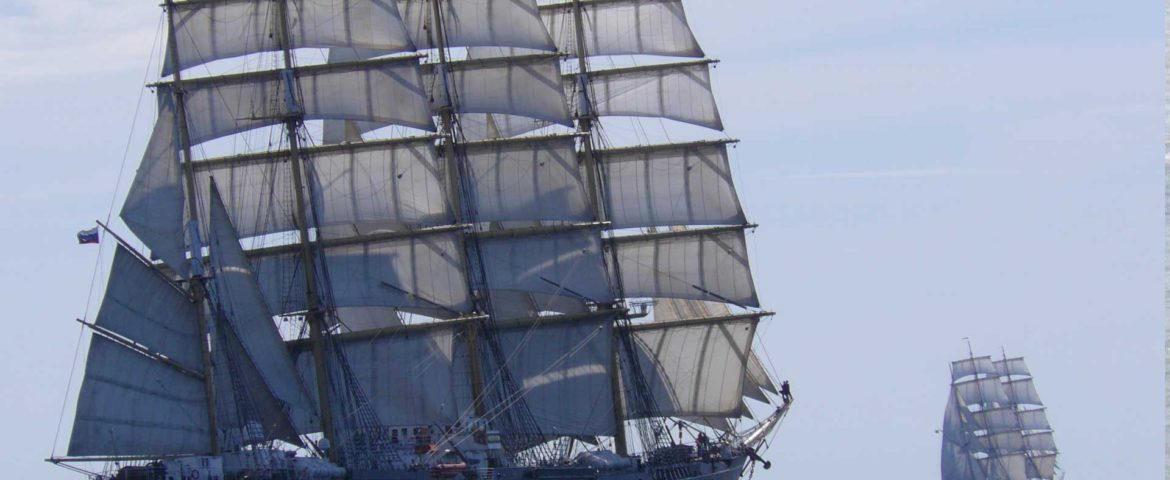Sailing ships dominated the world’s oceans, transporting cargo across the world and providing military reach for the world’s Navies. Sails were the principal power of ships from the mid-1500s until the mid to late 1800s, when steam propulsion became the dominant form of power for ships of nearly every kind.
A German build 4 mast vessels rated at around 3000 tons of cargo, 375ft feet long and build in Hamburg in 1905, is widely considered to be last true ocean-going sailing cargo ship in use. Its final major cargo journey was in 1949 sailing around Cape Horn.
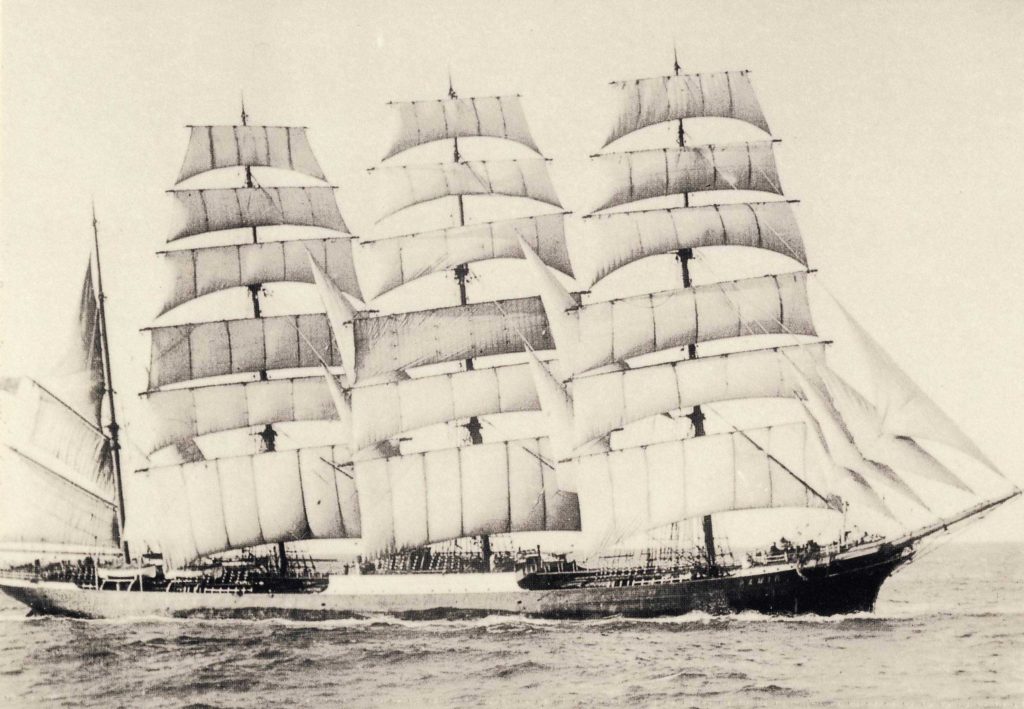
Prior to the widespread use of sails, oars were used to propel galley-type ships. The sheer number of people required to operate a oar-powered ship This type of ship has been around for thousands of years thought to have originated in the Mediterranean and used by the Greeks, Romans, and Phoenicians. While sails were nearly always fitted to early galley-type ships, oars were still the primary method of movement. In the late 1400s, sailing ships started to become more popular, with naval powers seeing the clear advantages a sail propelled vessel had.
A oar-powered ship was limited in size, required more man power and food to be carried, was less effective in rough seas due to being lower to the water so oars can be used. As canons became the primary weapon at sea, oar powered ships were simply outmatched by canon armed sailing ships.
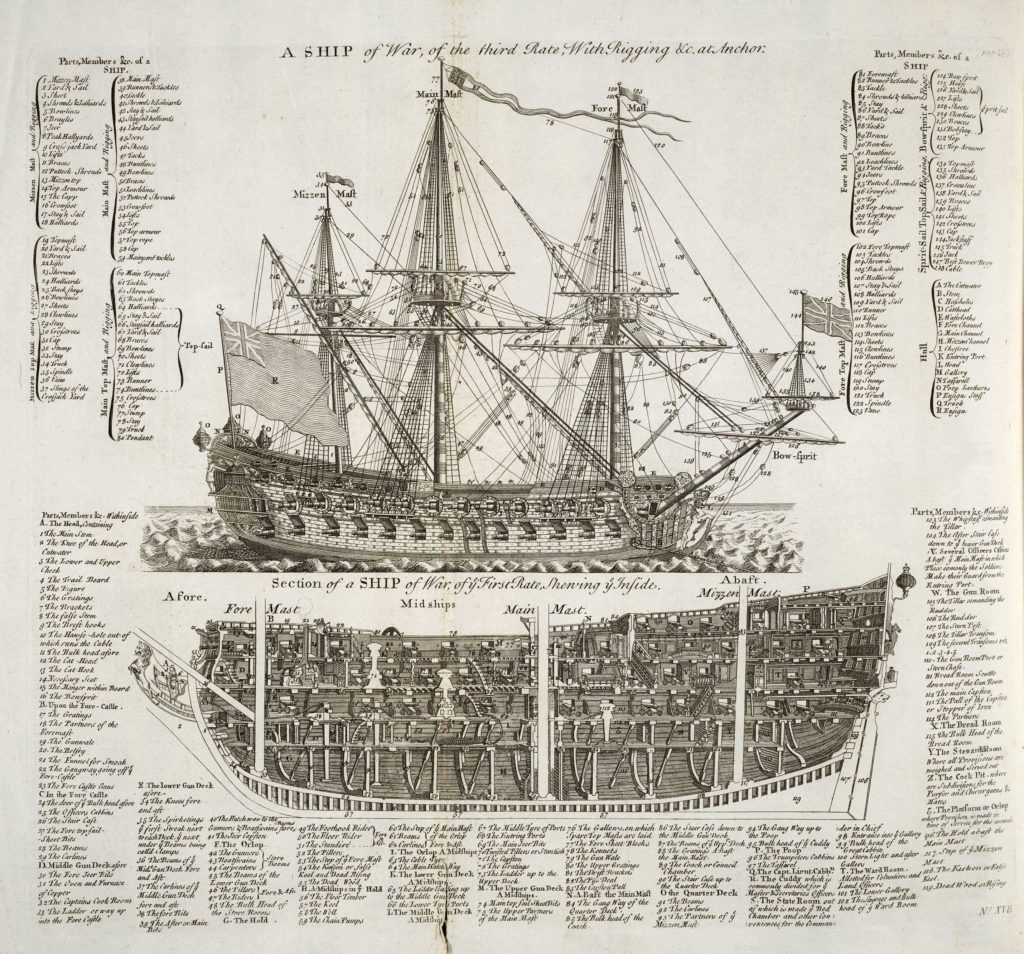
A decisive victory that foreshadowed the use of sail was in 1616 when 5 Spanish sailing ships defeated 55 oar-powered ships in the Battle of Cape Celidonia. For the next hundred or so years oar powered fighting ships were still occasionally used in special situations to supplement sailing powered naval ships.
The end of sail became evident in the mid to late 1800s as steam technology improved allowing larger and more powerful ships to maintain higher speeds without regard for wind conditions. It was around this time that iron was replaced by steel as the principle materials of a ships hull.
The largest cargo sailing vessel was the Preussen which had a tonnage rating of 7,800 tons. These final sailing designs used steam power to operate machinery such as winches on the boat, which meant that fewer crew members were needed.
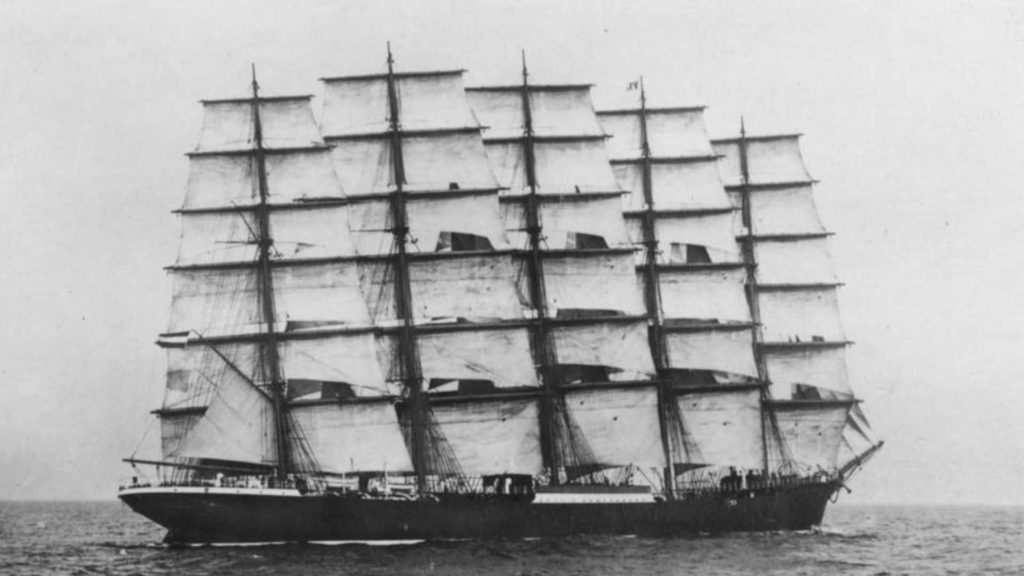
The advent of steam
Steam was cutting edge technology in the early to mid-1800s, and revolutionizing every industry that it was adapted to. Early steamships were relatively small and designed for rivers or coastal waterways, the first true steamship was in 1821, which had a top speed of 9mph.
Early steamships were combination sailing/ steamships and operated on sail power when in open ocean and weather conditions permitted it. These early steamships had engines ranging from 20-50hp, often using 2. The SS Great Western was the first steamship built expressly for transatlantic service, built-in 1838 and used paddle wheels.
The development of the propeller revolutionized steam-powered ships and lead to many being build in a variety of types and steam engine designs.
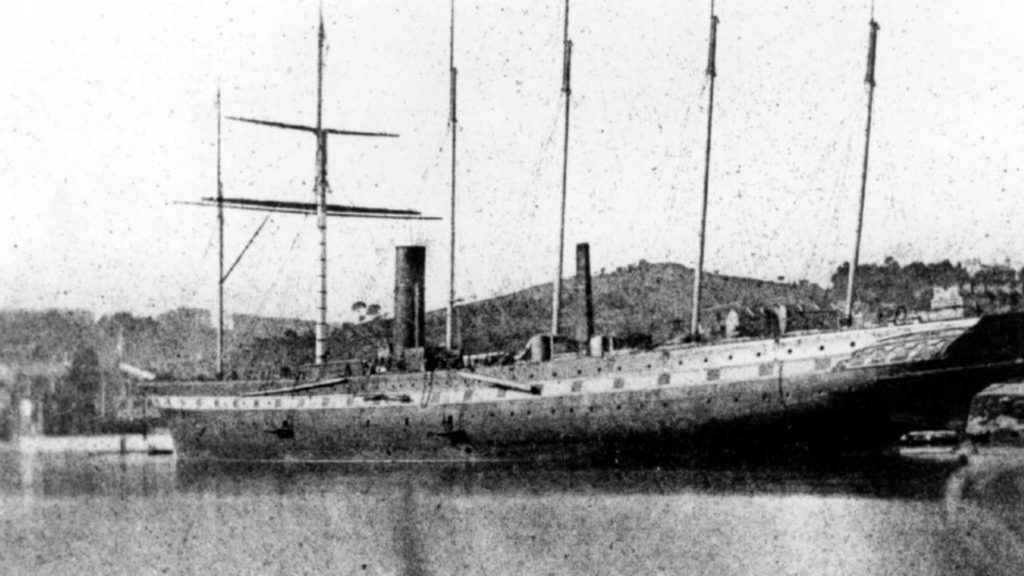
The SS Great Britain was built in 1847 and was the first iron-hulled screw driven passenger ship.
Coal was the primary fuel of these ships, and long voyages often required tops to refuel the coal bunkers. As ships became larger and more efficient, coaling stops were able to be minimized. It was due to coaling stops that sailing ships continued to dominate long haul bulk freight on the longest ocean cargo voyages since coaling stops were required.
Steam engineering advances including increased boiler pressure, superheat, better valve gear systems, compounding, feed water heating, and condensing all helped steamships grow in size and come to dominate sailing ships. The opening of the Suez canal also helped increase the use of steamships as it reduced the number of miles required to travel by ships to the far east.
Steam power eventually lead to the rise of luxury ocean liners like the Titanic, the Queen Mary and others.
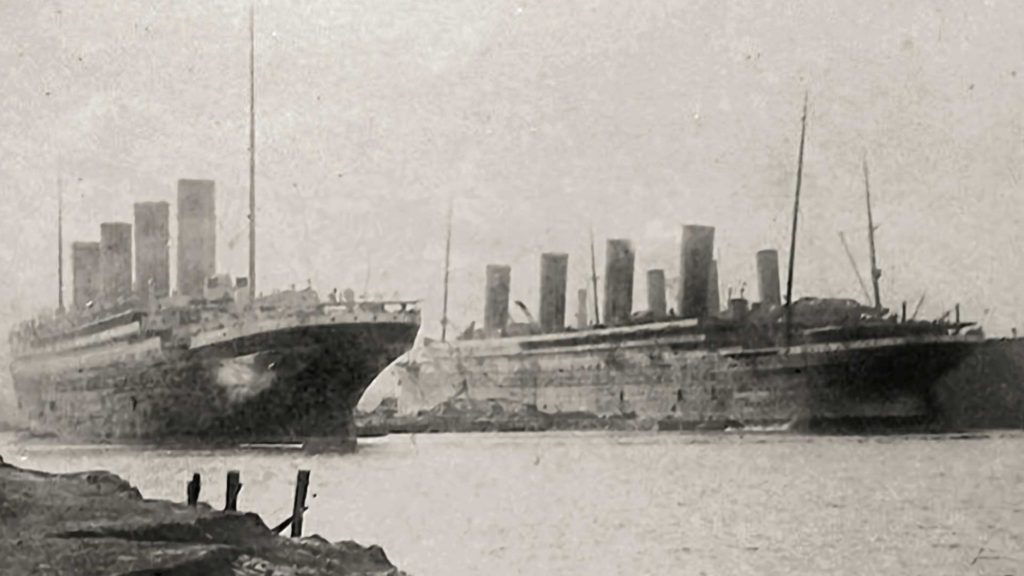
Following world war 2, turbines became the preferred method of turning steam into ship movement, and even today, nuclear-powered vessels use steam turbines to turn the propellers.
More on the Pamir
The Pamir was one of ten very similar cargo ships built in a couple of years designed to move cargo between Germany and South America. With the end of WW1, the ship was given to Italy, then eventually sold back to the company that built it. The ship was then sold to a Finnish company, seized as a war prize in WW2 by the New Zealand navy, then again sold back into private hands.
Once back in private hands the ship was again used as a bulk freighter in the late 1940s. The economic realities were always against the commercial cargo operation of a sailing vessel and the operation of the vessel was not profitable during this time. Following her retirement from commercial cargo operation, it was to be used as a training vessel for would-be merchant crews.
The unfortunate end of the ship came in 1957 when the ship was on a training run but also carrying cargo and due to a number of reasons ended up in a Hurricane and sank killing most on board.
Two sister ships of the Pamir are now floating museums.
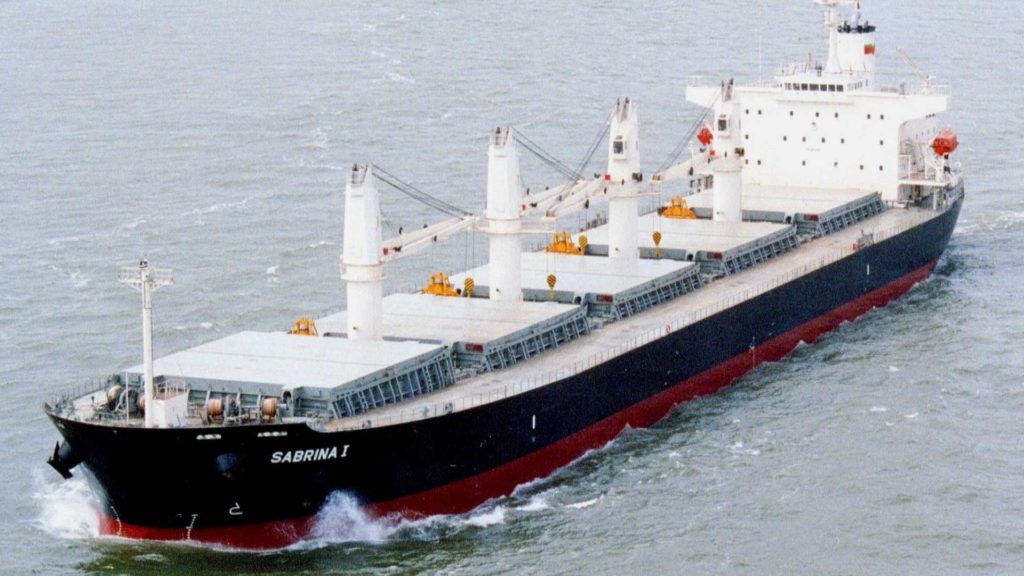
Modern Cargo Ships
There are a variety of modern cargo ship designs that are specialized for different transportation needs. Some focused on liquids, other vehicles, with drive on/drive off capability, other for container or bulk freight.
Approximately 20% or so of the world’s cargo ships are designed for dry bulk freight such as coal, grain, etc. Some of these ships can carry as much as 400,000 tons, while container ships can carry up to 21,000 TEU.
Intermodal
Modern container ships carry thousands of containers that must be moved inland to their final destination. The containerization of cargo pushed a massive gain in efficiency as it reduced the amount of reloading and handling of cargo between the origin and destination as the cargo itself can be kept inside the container and simply transferred between trucks, trains, and ships.
Intermodal provides a critical and efficient method for moving hundreds of containers at once via train to points further inland. For example, cargo containers coming out of the Port of Los Angeles heading to Chicago can be loaded on a freight train and moved to a rail transload facility on the outskirts of Chicago where the cargo will then be loaded onto a truck for the final leg of the trip known as drayage. Intermodal is much more cost-effective and environmentally friendly than using trucks to move each container coming off ships. Freight trains can move 1 ton of freight around 500 miles using only one gallon of diesel which is a great way to develop more sustainable and green supply chains.
Zmodal is a top intermodal shipping company providing door-to-door intermodal, and full truckload services nationwide throughout our digital supply chain dashboard which provides easy route searching, booking, document management, and analytics. CONTACT US if you want to lower your supply chain costs or want access to North American intermodal capacity.
